Make money by selling your artwork online: 5 of the best sites
17.10.2019, 12:02
The aim of this article is to give a quick guide (and some advice) to anyone looking to earn something for selling their artwork online. It doesn’t have to be your best work, you might have tons of great stock (spare) images that could still find homes on blog articles, websites or even books and magazines.
It’s still never been an easy task, since available platforms have always varied widely. Even then, you may never make much money from your artwork online, until you've got a wide and impressive portfolio. But the good news is that we live in changing times, and you could receive tips and votes on exciting new platforms, or Patreon support, or interest from fellow artists, and much-needed motivation and guidance for your hobby, theme or craft.
Nature of a platform
The first thing is assume you've got some great pieces to showcase to the world. An important question to ask is what is the nature of the platform you're uploading to? Is it a decentralised or community-run platform using a blockchain like Steemit or Narrative.org? Or is it a centralised platform that might shut down one day, introduce a subscription or lose all your images?
We're entering a time now where image-makers and artists are getting tired of giving their work away for free, or even displaying it for free. Why should you? You should be proud of your best work, and want to keep track of it and keep it on a website that respects this. At the same time, it's not going to bring much interest if the platform doesn't have many active users.
Still, you could aim for just a local gallery first, where visitors may at least pay something for the privilege of viewing and exploring your ideas.
Purpose
If we assume you’ve got some great pieces to sell, what is their purpose? Are they fine art pieces that people may want to own, collect or live with, or are they illustrative pieces for publication, providing clarity or insight into subjects or futures. The line isn’t always clear, and you could try both in some cases. Try and be distinctive and expressive. Many artists have a number of styles they dip into for different purposes.
You might even be lucky enough to start off with a good array of followers from existing social media sites like Facebook. In fact, that’s number one:
1. Facebook. A healthy Facebook account with many followers could be all you need to get off to a flying start. Create a Facebook Page and invite as many as you think might be interested.
It’s even better if you discuss that invite with them personally, as it feels more direct, and they have the option of telling you whether they’re interested in your work before you send them an invite. But don't rely on family and friends long-term, you'll need to engage with other platforms in order to bring in visitors.
For fine art works, you may not think people are interested in your creative process. Well, you’d be wrong. It was the original film about Jackson Pollock making his abstract work that got him a whole lot of attention. So a great idea is to take pictures of your artwork, and how you made it, instead of just showing a full image of the piece. This gives people an idea of its scale and makes it more ‘real’ and enticing. The more backstory about a piece, as long as it’s not pretentious, the better. Use Instagram too and link to your Facebook page.
For fine artists, the best advice is: keep it real and encourage physical ownership of your work.
If you’re a digital artist, you can still keep it real. Take some intriguing photos of your studio, worktop and equipment. Show people you’re serious about the images you make. For digital-based images, yes there may be more options to reach a global audience, but then the competition is greater, and to make money, you’ll need to think about who and why someone would want to buy one of your images. They may want to contact you directly for a certain piece, or use the image for a publication.
2. Adobe Stock and Stock Photo sites.
If you find yourself making images on a certain theme, then you should make some of your images available as stock art or photography at Adobe Stock. Even better, you might find there is a very relevant theme that people require images for online and offline, like climate change. However, don’t make the mistake of just throwing a lot of your spare, fave images onto these sites and assume they’ll be accepted. You’ll need to look at the competition, and imagine why your stock art or photography would be selected.
There are widely-used sites that use free stock images from people, like Pixabay.com etc. This is fine for any image that didn't take much time, and can give you some exposure, but it's not a good idea if you value the time and effort you put in to making a great image.
If you don’t like the whole screening or censorship business and find it all too commercial, you could go to Bitcoin4Photos and post them there.
3. Sell your work at MakersPlace.com and set up your own store.
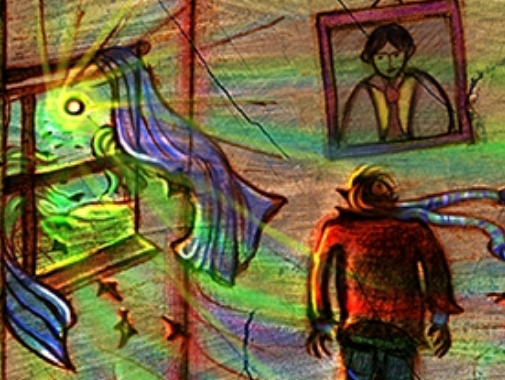
A tokenised image on MakersPlace.com
This is the trendiest and most interesting option. Using MakersPlace, you can now upload your top quality images of your digital or traditional artwork and get them ‘tokenised’ as unique items on the blockchain. It gives you full control over your images, and how many special editions you make (as long as you specify at the beginning).
There is no limit to how many variations or special editions you can make, because you’re the one with the original file.
This is the best option for many reasons. It ensures that all your images and their owners are tracked. You could even buy back your own editions, if you were to lose that original file.
MakersPlace comes with its own marketplace, so you can also start browsing and becoming a collector of original, contemporary art yourself.
Artwork on the theme of Bitcoin, Ethereum etc are particularly relevant and in demand. That’s partly because MakersPlace uses Ethereum, so having the MetaMask browser extension installed, with some Ether (ETH) for transactions too. Here at Prizes Drop, we have free Ethereum vouchers for members completing our easy tasks and gaining enough points.
'Crypto-collectibles' are a new fascinating medium. Artists are beginning to design unique but distinctive and rare digital creations, a bit like trading cards, and which may find value. Cryptocurrency - and the libertarian ideals in Bitcoin - are a big theme being explored.
4. Sell other stuff with your art or designs
Some of your images might be best as merchandise, postcards, posters etc. Set up a store at Zazzle.com and easily design your own products using just one or numerous different designs.
5. Other monetized social-media sites
You can also upload your art & images to many blockchain-based or crypto sites and get tips in crypto. Check out a previous post about this. We’d recommend Narrative.org and Bittubers.com as they’re easy to use. You can set up an entire profile page at Bittubers.com for your artwork and you might be surprised at the crypto donations you receive.
Engage
A final note about selling art online: Engage. Engaging directly on a regular basis with whatever site you choose to put your art online, will bring in visitors. Comment on other people's work you like, or find inspiring. Mention people on Instagram. An example of this is on the site MakersPlace. Every time you follow an artist, they receive a notification. They will then be drawn to check out your portfolio and who is following them.
And if you're still not making any money online, turn off the web and take a break. Take time out to make art for yourself and no-one else for a while.


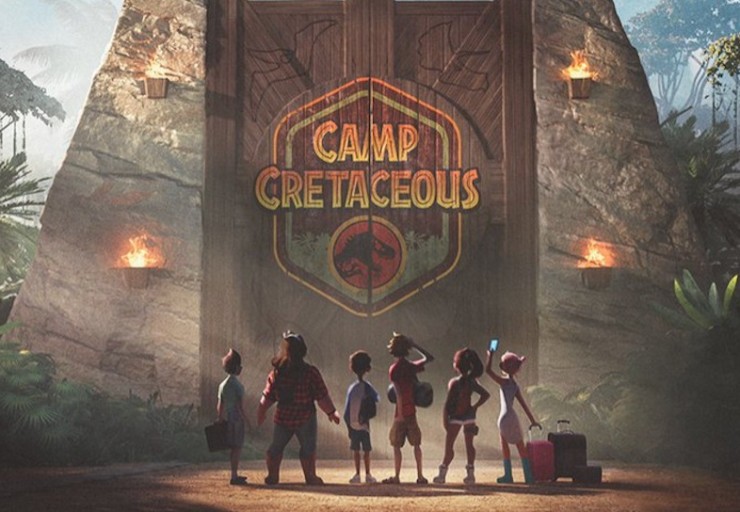 Upcoming (Dreamworks) series on Netflix 2019-2020
Upcoming (Dreamworks) series on Netflix 2019-2020
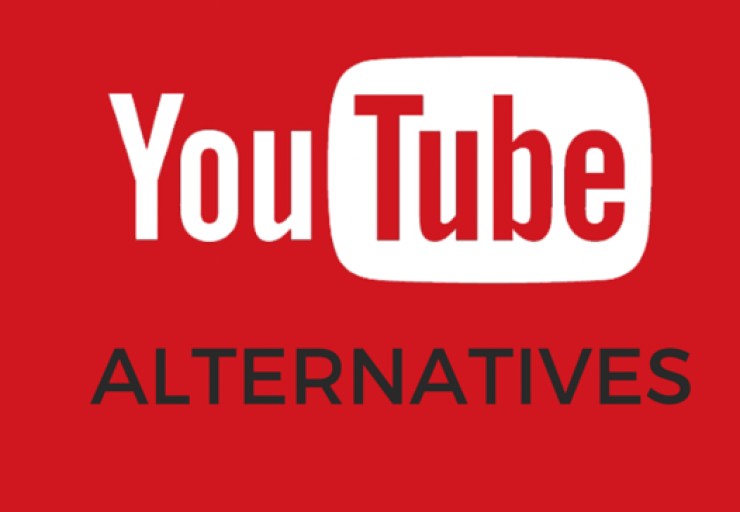 5 Quick Alternatives to Youtube for Earning Money (2019+)
5 Quick Alternatives to Youtube for Earning Money (2019+)
 How to get free Bitcoin and what to do with it?
How to get free Bitcoin and what to do with it?
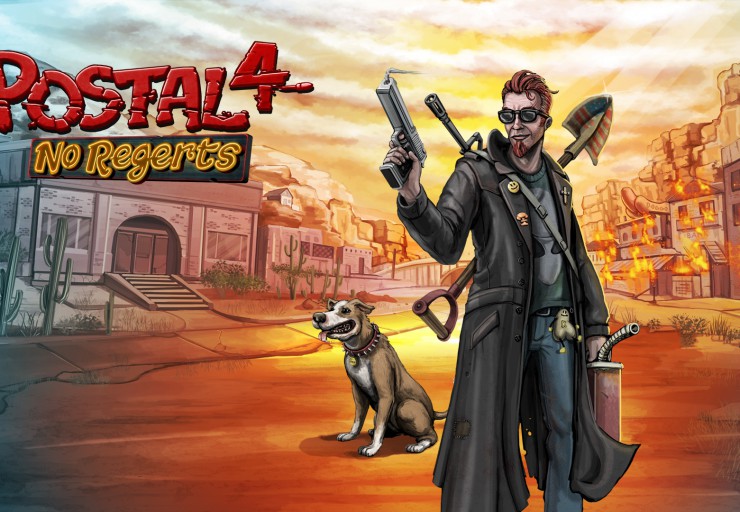 Postal 4: the best fun game for Halloween?
Postal 4: the best fun game for Halloween?
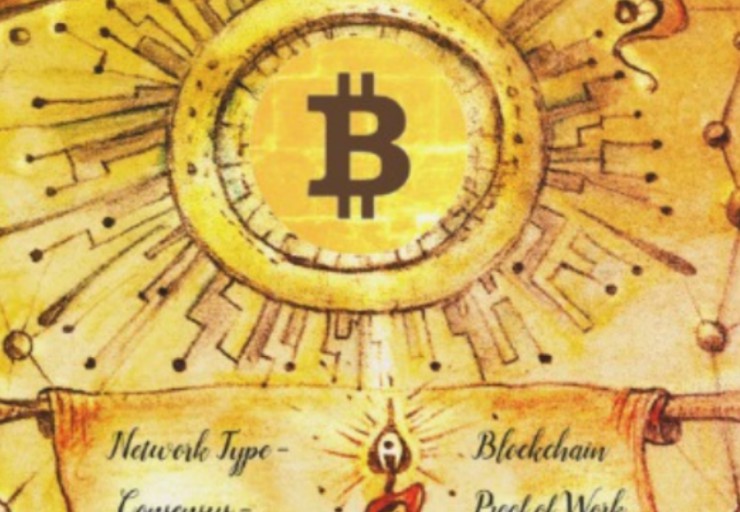 7 Christmas gift ideas for Cryptocurrency lovers and Bitcoin geeks
7 Christmas gift ideas for Cryptocurrency lovers and Bitcoin geeks
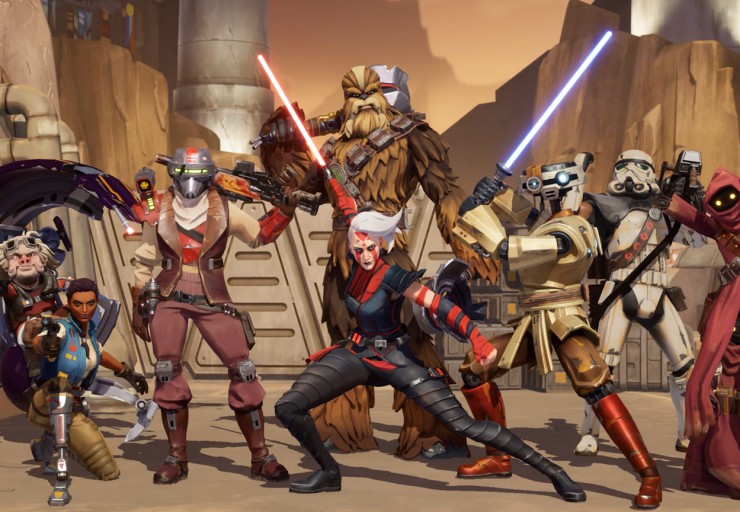 New Star Wars games Coming Soon…
New Star Wars games Coming Soon…
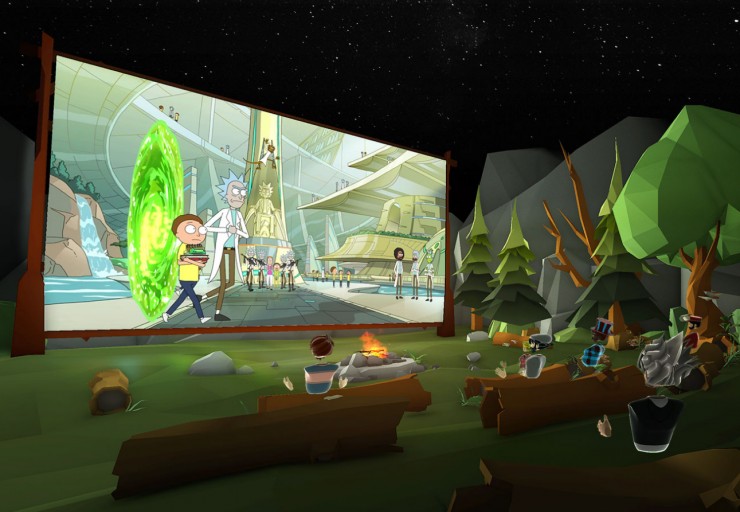 Going to the movies in VR (yes, it’s happening): What's the best app?
Going to the movies in VR (yes, it’s happening): What's the best app?
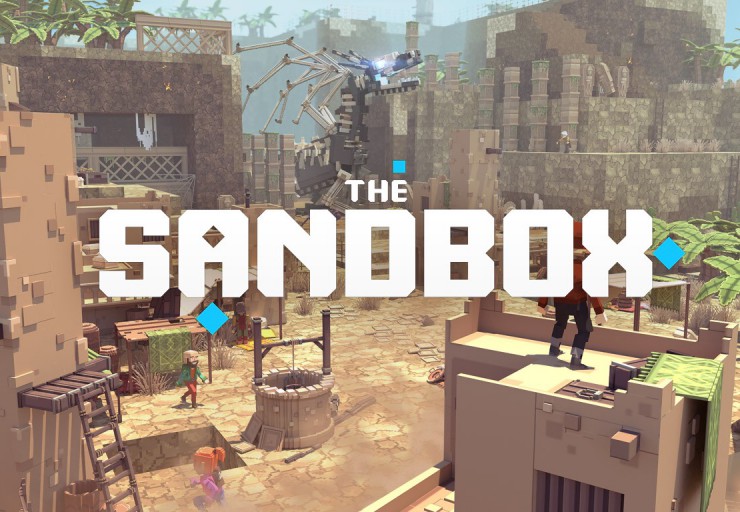 Dive into 'The Sandbox' and get Rewarded!
Dive into 'The Sandbox' and get Rewarded!